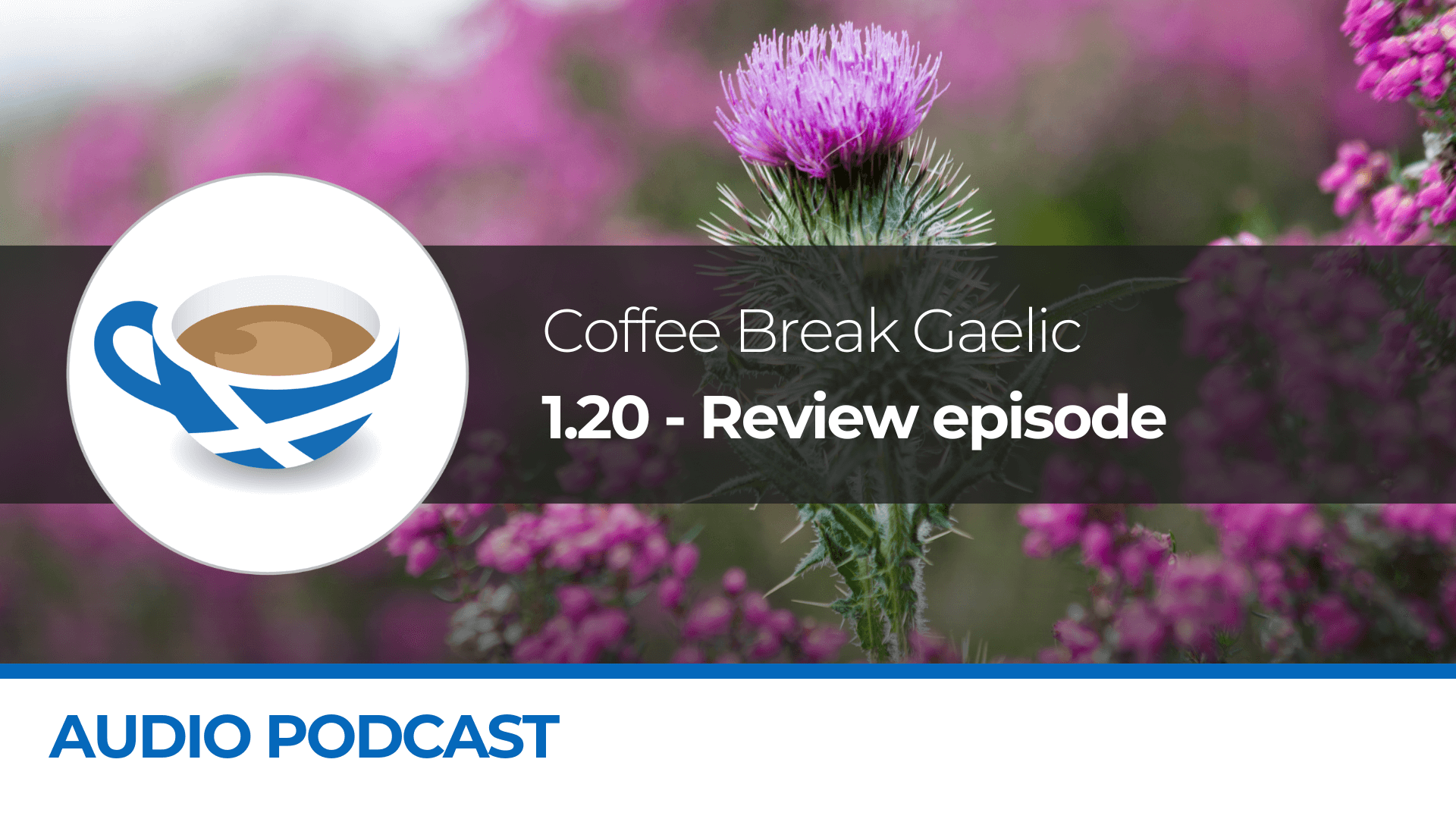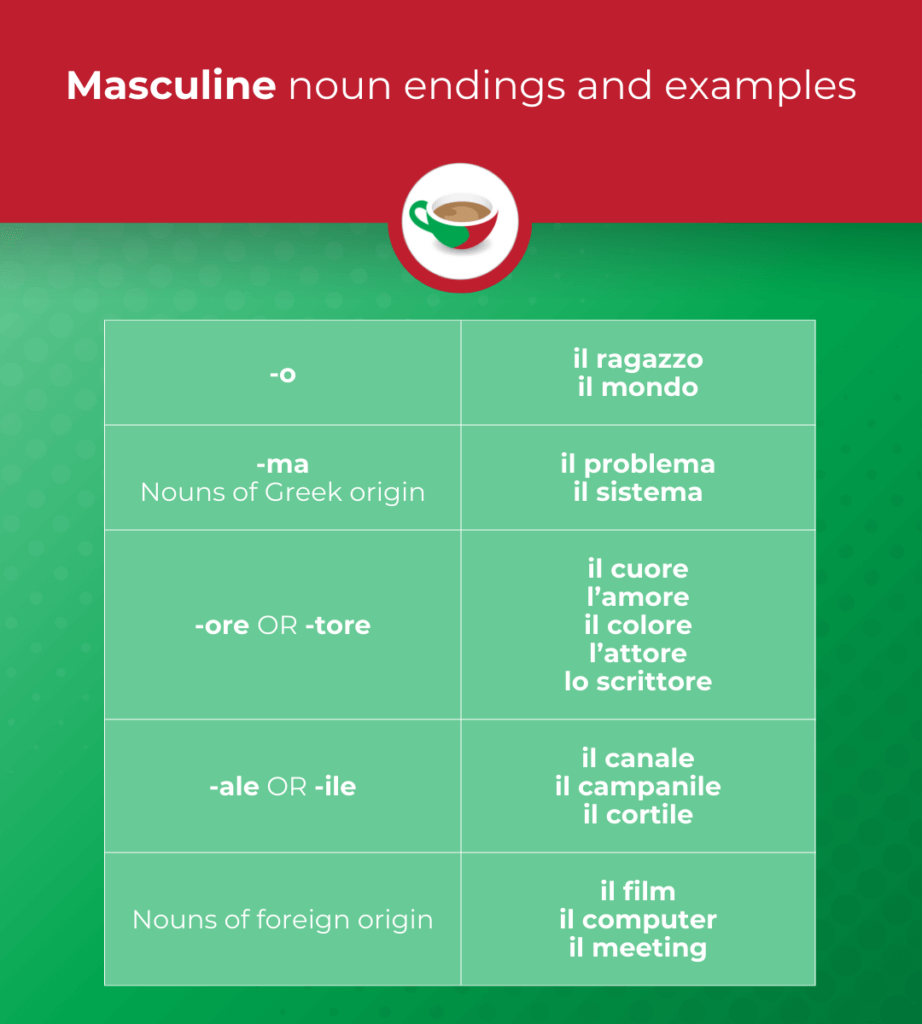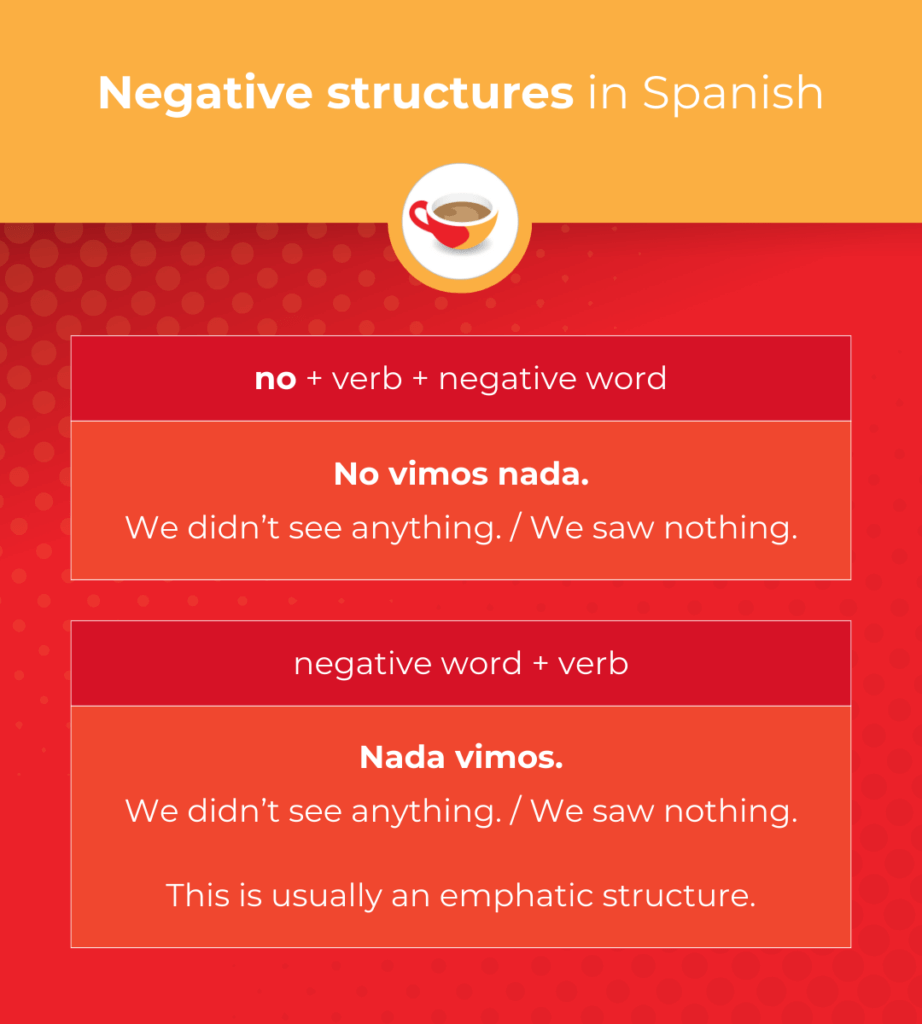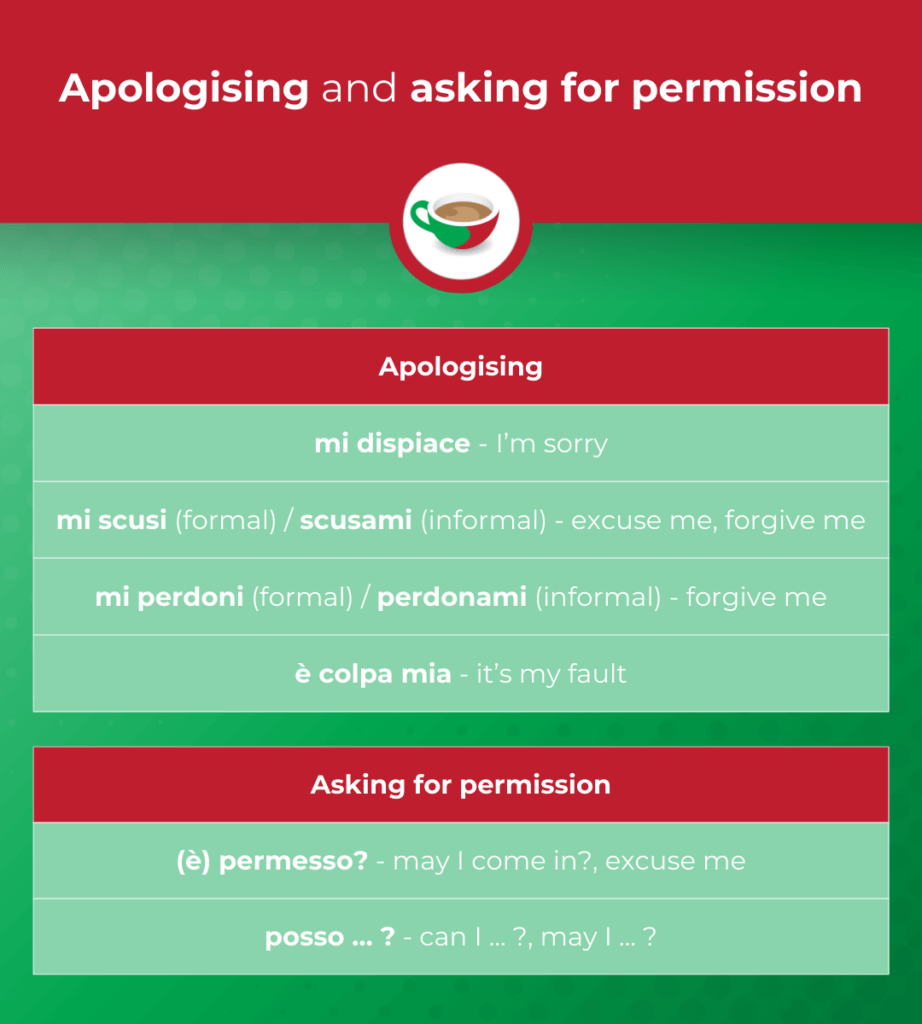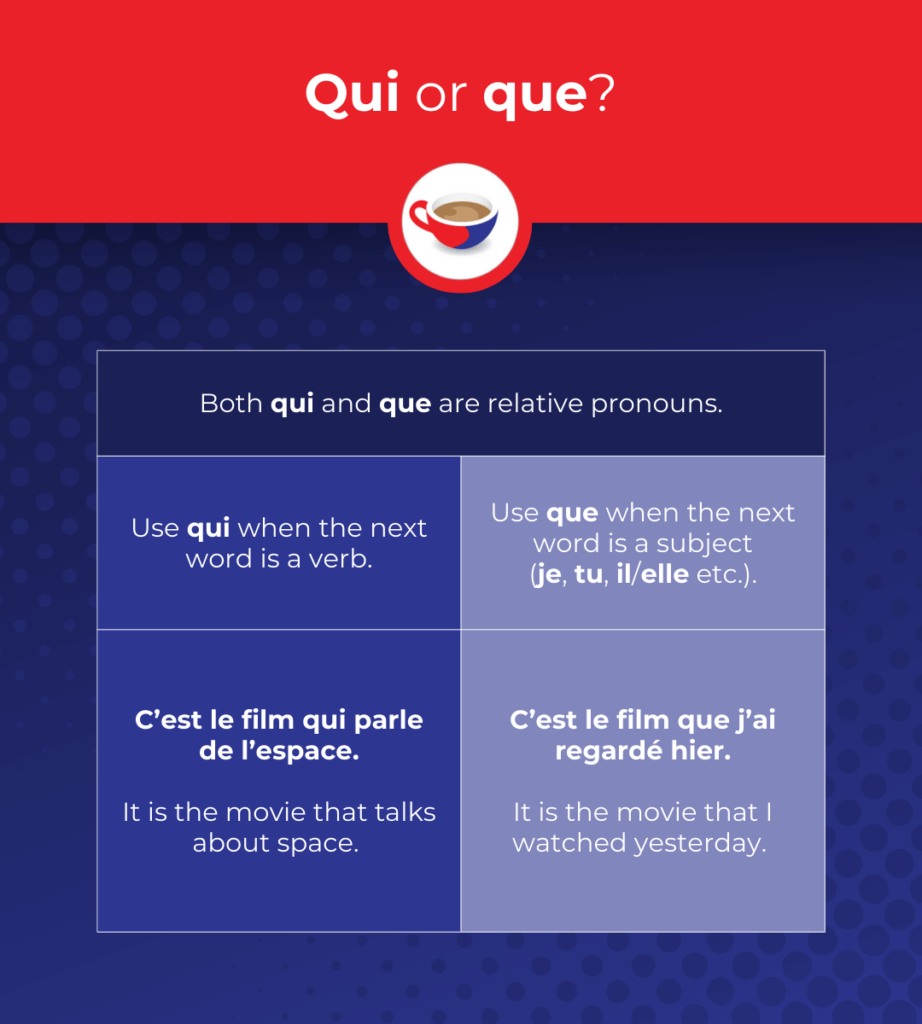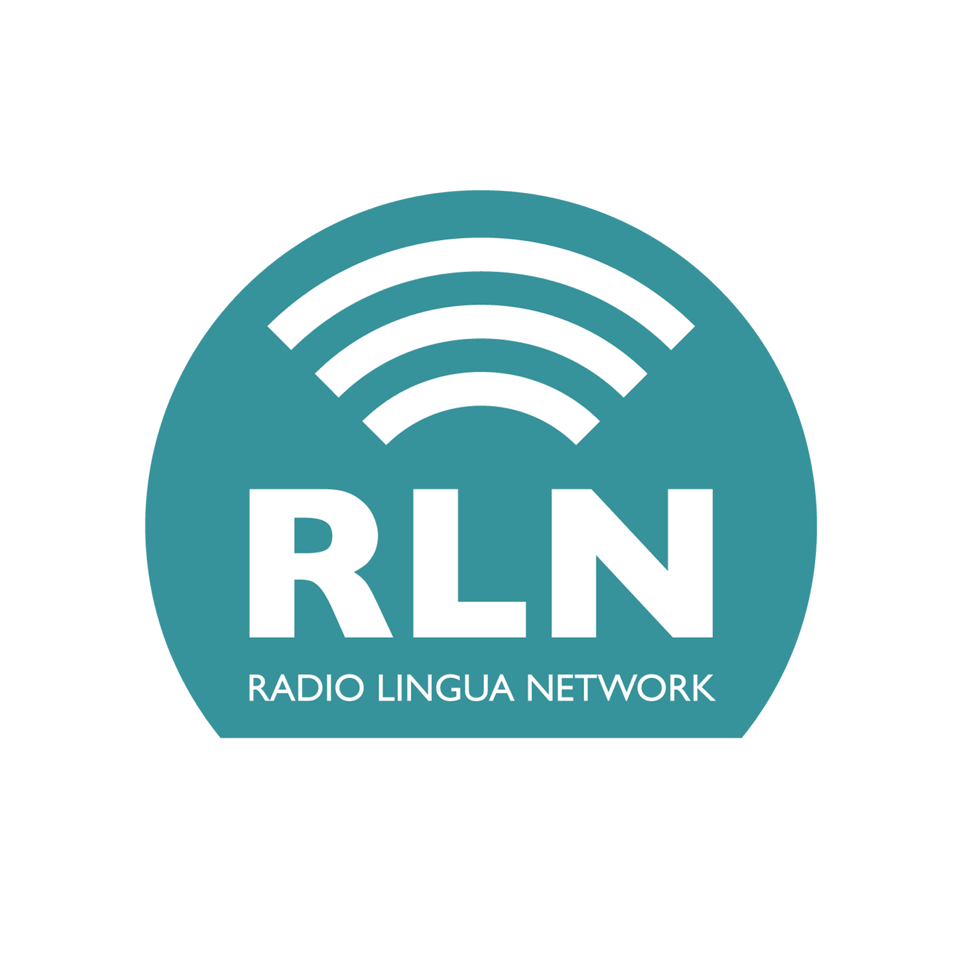Do you know when to use how much and how many in English?
It can be confusing, but don’t worry – there are some clear rules to follow. In this episode of The Coffee Break English Show, we’ll help you understand when to use how much and how many to talk about countable and uncountable nouns.
The Coffee Break English Show is a podcast series of bite-sized, friendly conversations to help you understand some difficult topics in English. In the latest episode, Josie and Maurizio talk about when to use how much and how many and look at a few examples.
So, let’s get started! Continue reading to find out more and why not listen to the podcast episode as you go?
‘How much?’ and ‘how many?’ for questions
To decide whether to use how many? or how much? you need to know if you are asking about a countable or uncountable noun.
Use ‘how many?’ with countable nouns
We use how many in questions with countable nouns. Countable nouns are things that we can count. Let’s look at some examples:
Q: How many siblings do you have?
A: I have one sister.
Q: How many microphones are in this room?
A: There are two microphones in this room.
Q: How many cakes did you bring?
A: I brought five cakes.
In these examples, we ask questions about siblings, microphones, and cakes. These are things that we can count – one sibling, two microphones, five cakes.
Use ‘how much?’ with uncountable nouns
We use how much in questions with uncountable nouns. Uncountable nouns are things that we don’t count, and we think of as one unit, or mass. Uncountable nouns do not exist in lots of languages.
In the episode, Josie and Maurizio talk about some common uncountable nouns, including water, milk, time, information and money. Here are some examples of questions with how much and these uncountable nouns:
Q: How much water is in your water bottle?
Q: How much information do you have about the project?
Q: How much time does it take you to get to work?
A: It takes me two hours to get to work.
This question uses how much, because time is an uncountable noun. However, the answer is with a number of hours. The word time is uncountable, but the words hours, minutes, and seconds are countable.
Q: How much money do you have in your pocket?
A: I have £20 in my pocket.
Again, this question is with how much, because money is an uncountable noun. But the answer is a number, because we can count words like pounds, euros, dollars, coins, and notes.
Counting uncountable nouns
There are lots of food words that are uncountable nouns, like bread, rice, pasta, and coffee. We can count these nouns by adding a word or phrase in front of them. Let’s look at some examples:
a slice of bread
three bowls of pasta
200 grains of rice
two cups of coffee
We can also use coffee as a countable noun, to mean “a cup of coffee”. So, we can say two coffees. Maybe now is a good time to get a coffee, before we continue!
‘Not much’ and ‘a lot of’ with uncountable nouns
Is everything clear so far? We know that how much is for questions with uncountable nouns, but what happens when we answer these questions? It depends if the answer is affirmative or negative…
‘Not much’ for negative statements
When we want to answer a question with how much and an uncountable noun, we can use not much for a negative answer. Let’s look at some examples:
Q: How much ice cream do you have in your freezer?
A: I don’t have much ice cream in my freezer.
Q: How much time do you have today?
A: I don’t have much time today.
‘A lot of’ for affirmative statements
When we want to answer a question with how much and an uncountable noun, we can use a lot of for an affirmative, or positive, answer. Let’s look at some examples:
Q: How much rain is there in Scotland?
A: There is a lot of rain in Scotland.
Q: How much pizza did you eat last night?
A: I ate a lot of pizza last night.
‘Not many’ and ‘a lot of’ with uncountable nouns
What about questions with countable nouns? Well, to answer them we use not many or a lot of.
‘A lot of’ or ‘many’ for affirmative statements
When we want to answer a question with how many and a countable noun, we can give a number, as we saw earlier in the post. For example:
Q: How many siblings do you have?
A: I have one sibling.
If we don’t want to give a precise number, we can use a lot of or many for an affirmative answer. Let’s look at some examples:
Q: How many siblings do you have?
A: I have twelve siblings.
A: I have a lot of siblings.
A: I have many siblings.
Q: How many cups are on the table?
A: There are twenty cups on the table.
A: There are a lot of cups on the table.
A: There are many cups on the table.
‘Not many’ for negative statements
When we want to answer a question with how many and a countable noun, we can use not many for a negative answer. Let’s look at some examples:
Q: How many books have you read this month?
A: I have read two books this month.
A: I haven’t read many books this month.
Q: How many people did you speak to yesterday?
A: I spoke to one person yesterday.
A: I didn’t speak to many people yesterday.
It’s your turn!
Now, let’s practise! Here are four answers to questions. Try to give a possible question, using how much or how many. Some possible questions are at the end of this blog post, but don’t look until you’ve thought about your answers!
- I have five dogs.
- I don’t drink much tea during the day.
- There aren’t many people in my office.
- My brother has a lot of money.
To help you remember the rules about how much and how many, why not start a list of countable and uncountable nouns that you learn?
If you found this post interesting, make sure you listen to the full podcast episode with Josie and Maurizio on The Coffee Break English Show. Subscribe to our podcast feed and our channel on YouTube to find episodes about some other useful topics for English learners.
Plus! To get regular free English lessons in your inbox, you can sign up for our email lessons. We regularly send short (coffee-break-sized) email lessons that will help you improve your English. You will also hear from Mark, the founder of Coffee Break Languages, giving advice for language learners at any level. Sign up below!
So, keep practising how much and how many! Remember that all English learners make mistakes, but people can usually still understand you. It’s all part of the language-learning journey.
Happy Coffee Breaking!
PS. Here are some possible questions to the answers given above:
- How many dogs do you have?
- How much tea do you drink during the day?
- How many people are there in your office?
- How much money does your brother have?





